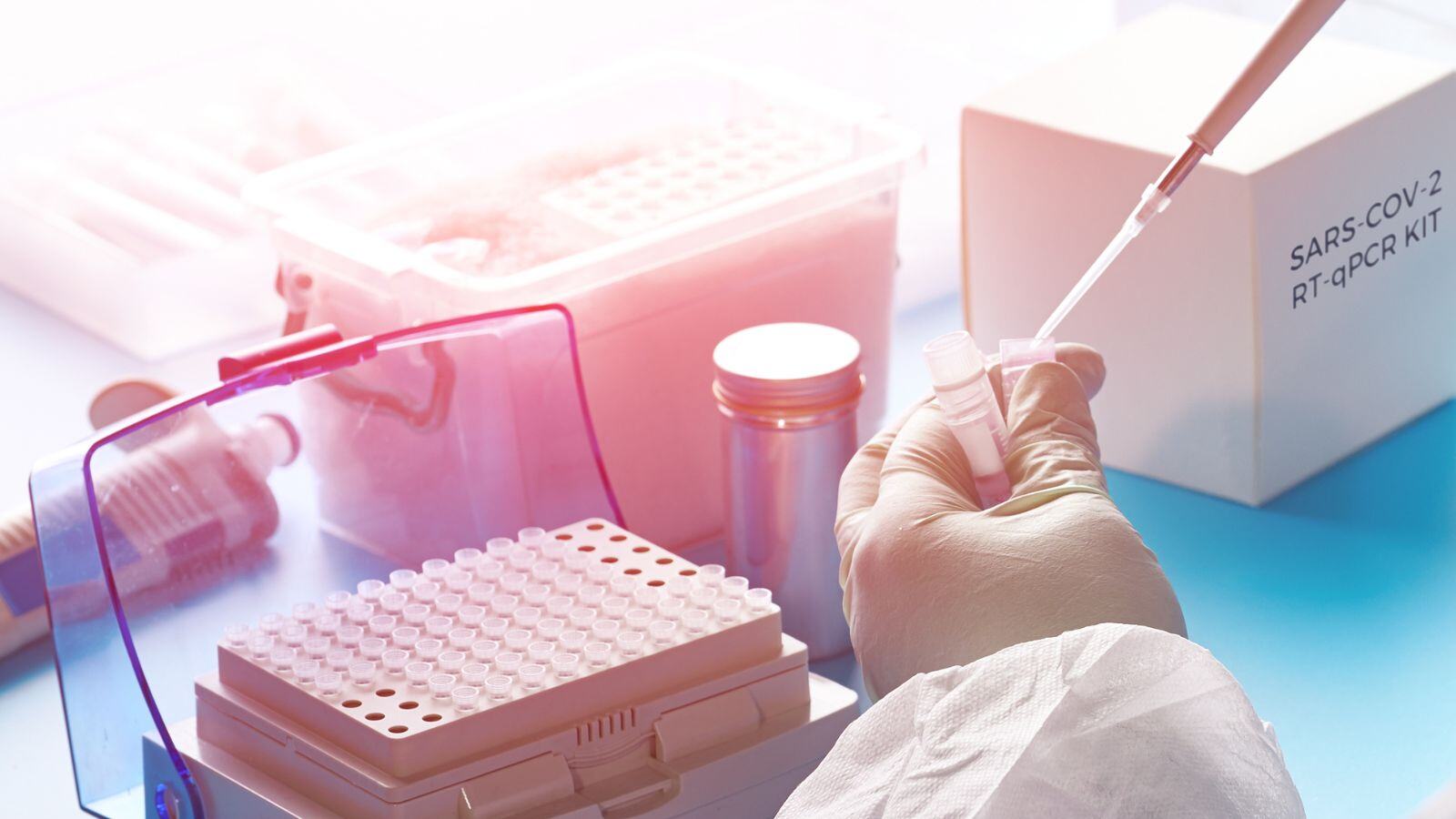With the European Commission’s proposal for extending the transitional period for In Vitro Diagnostic Devices (IVDs), many manufacturers of legacy devices may feel they have gained breathing room. Amidst these discussions, the question may arise: why should manufacturers already begin building their IVDR-compliant Technical Documentation now? Let’s delve into the critical reasons why proactive action is imperative despite the proposed extensions.
The proposal and its implications
The proposal for extending the transitional period is just that—a proposal. While the exact text and timings are yet to be finalized, it’s clear that manufacturers with legacy devices will be granted additional time to complete their Technical Documentation under the IVDR. However, it’s essential to view the proposed deadlines for lodging applications for conformity assessment as the ultimate deadlines for having Technical Documentation ready for all legacy devices.
Realistic timelines and considerations
The timelines for IVDR compliance are not as forgiving as they may seem. The average time from contacting a notified body to achieving IVDR certification can take up to 18 – 24 months. Moreover, the complexity of Technical Documentation preparation and the potential for deficiencies in initial submissions mean that starting the process sooner rather than later is paramount.
Class D and Class C urgency
For manufacturers of Class D and Class C products, the urgency to commence Technical Documentation preparation cannot be overstated. These products undergo the highest scrutiny and often require extensive clinical evidence and performance studies. Companion diagnostics, in particular, face longer review times due to the additional involvement of competent authorities of medicinal products designated by the Member States or the European Medicines Agency (EMA), making early action imperative.
Strategy and planning for Class B products
Even for Class B products, strategic planning and gap assessments are critical. Mapping out submission strategies, conducting pilot submissions, and factoring in minimum review times by notified bodies are essential steps in ensuring timely IVDR compliance. Waiting until the last minute could result in resource shortages and regulatory bottlenecks, both at the side of the manufacturer and the notified body.
Conclusion: Take action now
In essence, the proposed extension of the transitional period should not be misconstrued as a delay. Rather, it serves as an opportunity for manufacturers to expedite their IVDR compliance efforts. By initiating gap assessments, creating remediation plans, and beginning the process of Technical Documentation preparation sooner rather than later, manufacturers can navigate the complexities of IVDR compliance more effectively. The time to act is now—to secure regulatory compliance and, maintain competitiveness in the evolving landscape of the European IVD regulation.







.png?width=109&height=108&name=Pharma%20(2).png)
.png?width=111&height=108&name=Medical%20Devices%20(2).png)
.png?width=84&height=107&name=IVD%20(2).png)




.png)


%20Checklist.jpg)






